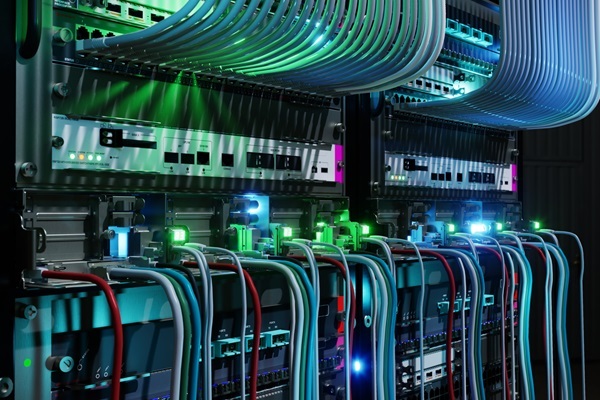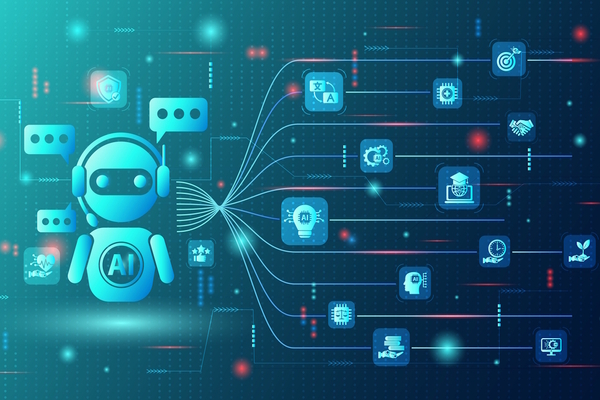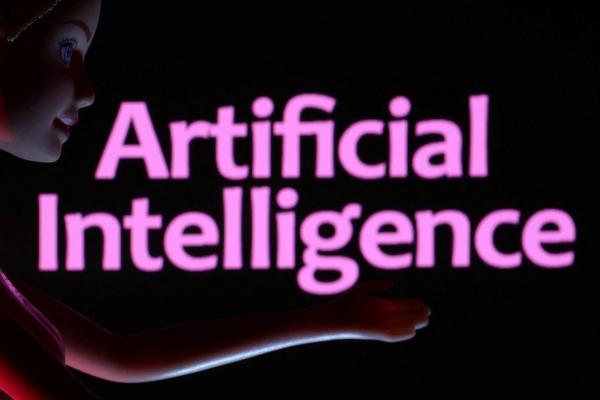Connecting IoT devices to the cloud

Cedric Mauvielle at Console Connect outlines what you need to know about connecting IoT devices to the cloud securely
The Internet of Things (IoT) has been rapidly expanding, with the number of IoT devices worldwide forecasted to almost triple from 9.7 billion in 2020 to more than 29 billion IoT devices in 2030. These IoT devices have the ability to gather data, communicate with each other, and provide real-time feedback, making them a valuable resource for businesses and consumers alike.
Primarily, IoT is built up of two components – hardware (i.e. the devices used) and software (i.e. real-time analytics). The platforms are used in most business verticals and with technology advancing rapidly, IoT has arguably improved the everyday operations of organisations.
The integration of IoT and the cloud creates the opportunity for a unified IT infrastructure for a company. Organisations linking the two different technologies together will reap the benefits of both and create a convenient way of working. However, this should be accomplished without additional complexity and without compromising on performance or security.
IoT device compatibility
The popularity of cloud computing has made connecting to it mainstream with providers like Amazon now offering their own software tools. Increasingly connecting IoT devices to the cloud benefits from greater flexibility, more robust disaster recovery, and automatic software and security updates if some pitfalls are avoided.
With multiple devices to connect to the cloud, scalability, flexibility, and network connectivity become challenging. setup that works for one cloud and network cannot simply be easily replicated for another setup.
Scalability: The rapid IoT device growth requires cloud platforms to handle large amounts of data from a variety of sources while maintaining performance or reliability. these platforms must be able to scale up or down and expand geographically based on demand, without causing any downtime or interruptions.
Simplicity: IoT devices are often developed by different manufacturers and with different protocols. Simplifying IoT device compatibility to access a cloud platform or consolidating solutions after the merge or acquisition of 2 different organisations may be tricky.
To overcome this challenge, IoT providers must develop universal standards for IoT devices and cloud platforms to ensure compatibility. Industry-wide standards would allow for interoperability between devices and cloud platforms, making it easier for organisations to connect and manage their devices.
Network connectivity: IoT devices often rely on wireless networks to connect to the cloud. Common connectivity issues in areas with poor signal strength or network congestion are well-known and hard to address. Other less known issues are the traffic path between the wireless networks and the cloud proper.
For example, if an organisation deploys cloud services in the US and wants to deploy the same service using the same cloud in Asia, the cloud is the same, the hardware is the same, but the access network will be different. Failure to acknowledge this implies service repercussions such as data loss, delayed data transmission, or complete device failure.
To overcome network connectivity challenges, IoT solution must built-in end-to-end connectivity diversity with redundancy and backup systems in mind. Additionally, cloud access must have a robust network infrastructure capable of handling large volumes of data and providing reliable connectivity to IoT devices anywhere these devices may be.
Secure data transmission between IoT and the cloud
Organisations often encounter significant challenges when it comes to securely connecting their IoT devices to the cloud. Due to weak standard or outdated network setup, they are vulnerable to cyber-attacks. Considering the sensitive data involved, that data is in its transit.
Private connectivity solution undoubtedly mitigates these risks. organisations are advised against traversing the public internet between devices and clouds. this reduces the risks of traffic hijacking while increasing the organisation’s visibility, security, and control over its IoT assets.
Likewise, encryption is another way an organisation can protect their data. In the situation that a breach did occur, the hacker would not be able to read the data to which they have gained access. Although seemingly good, too much encryption can act as a double-edged sword. It can over-drain the battery.
Furthermore, encryption alone does not prevent the IoT infrastructure to be exposed and exploited by malicious entities as there is nobody supervising the access between the wireless networks and the cloud.
In short, once organisations are on the Internet, even if the data is encrypted some information is visible to hackers, fraudulent activities, and any government-owned entities.
The impact of IoT latency
In an ideal world, organisations want low-latency IoT which means information is accessed and processed in real-time. Latency is a key indicator of data confidence Wild variation in latency in device-to-cloud transmission will impact the effectiveness of the benefits of IoT.
To prevent this from happening, organisations need to consider using providers that offer wireless network access, a private network and dedicated access to the cloud. By doing so, organisations gain control of the traffic path improving low-latency performance.
Additionally, it is important to seek partners or technology that deliver global scalability with consistency across different deployments. Having one expert network that can manage the wireless data the cloud access with stable latency creates greater transparency and control compared to multiple providers for each offering.
Emerging trends and technologies
the emergence of 5G has increased the ability and accessibility to connect to the cloud. 5G is the first cylinder technology that is cloud-friendly, helping the cloud make its way to a mobile cellular environment delivering more data at a faster and more secure rate. Not only does this make the process easier for organisations to connect, but it also has created the potential to support new models.
Nevertheless, there are still challenges with connectivity. The scalability of cloud performance on a cellular site is not as robust as Amazon or Azure, which hinders mobile networks and telecom environments from achieving the same level of performance as offered by hyperscalers.
Moving forward, organisations need to look into how their data are handled because failure to do so, will affect the potential of their IoT devices.
Moving forward, organisations need to focus more on the way the Internet is transmitted.
Connecting IoT devices to the cloud is a complex and challenging process that requires careful consideration of security, interoperability, network connectivity, data management, and scalability. With the right solutions in place, IoT devices can provide businesses and consumers with valuable insights, real-time feedback, and enhanced automation.
It is important for IoT Solution providers to work together to ensure that IoT devices can be securely and reliably connected to the cloud, to maximize their potential benefits.
Cedric Mauvielle is Vice President, Global IoT and Partnership at Console Connect
Main image courtesy of iStockPhoto.com

Business Reporter Team
Most Viewed
Winston House, 3rd Floor, Units 306-309, 2-4 Dollis Park, London, N3 1HF
23-29 Hendon Lane, London, N3 1RT
020 8349 4363
© 2025, Lyonsdown Limited. Business Reporter® is a registered trademark of Lyonsdown Ltd. VAT registration number: 830519543





